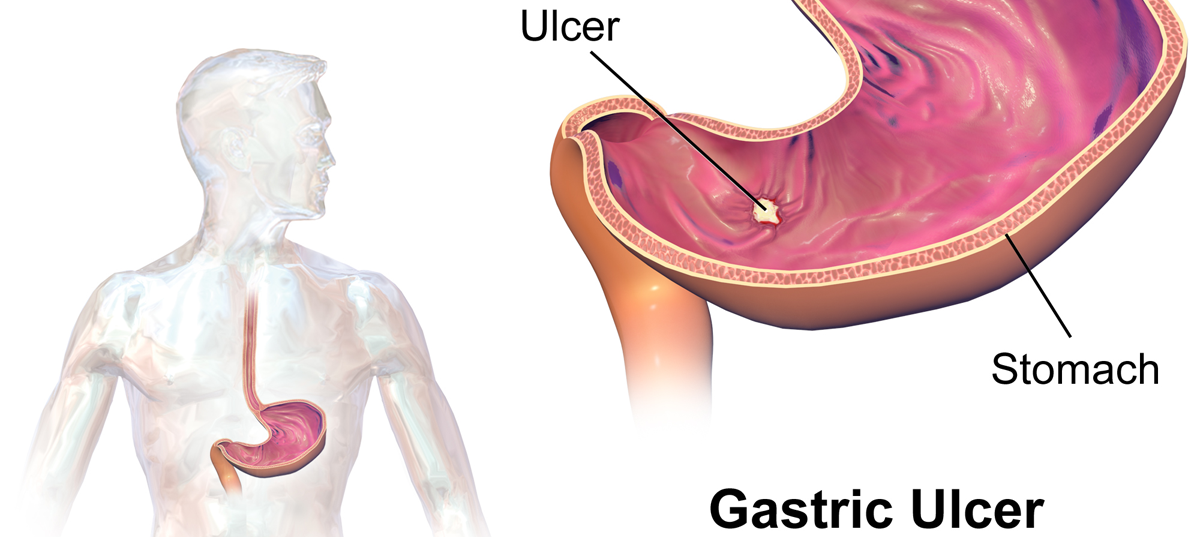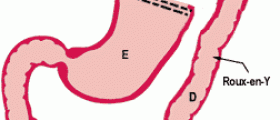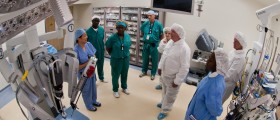Bleeding ulcers are a very serious condition and will require surgery. When a patient has a bleeding ulcer they will have an endoscopy performed on them. This is needed to diagnose the problem and to see what the best treatment options are.
Bleeding Ulcer Treatment
The first step of the treatment is critical and it involves stopping the bleeding and stabilizing the patient by supporting vital functions and replacing the fluid, usually with a blood transfusion.
Bleeding will stop spontaneously after several days in the hospital for about 70 percent of people but in the cases when bleeding continues they will need to have a more serious surgery performed.

An endoscopy is the go-to procedure for bleeding ulcers, especially for patients that are at a high risk of rebleeding.
About ten to 20 percent of people will require a more invasive surgery which will likely come in the form of a major abdominal surgery.
The endoscopy will help the doctor to detect the signs of the bleeding and what is causing it.
It is used to treat bleeding from visible vessels that are less than 2 millimeters in diameter. It usually also prevents the risks of rebleeding.
The physician will pass a probe through the endoscopic tube and apply electricity, heat, or small clips that will coagulate the blood and stop bleeding. The procedure will also cause fluid buildup, which will also compress the blood vessels and stop the bleeding.
Gastric Ulcer Surgery
Major abdominal surgery will be needed in more severe cases of bleeding ulcers, or when an endoscopy fails to stop the bleeding.
If the ulcer causes a perforation in the wall of the stomach or intestine and there will be very sudden and sharp pain and the chance of a life-threatening infection.
The standard surgery in this case will use a wide abdominal incision and the use of standard surgical instruments.
One of the most major surgeries is a vagotomy, which tries to cut the vagus nerve to interrupt messages from the brain that are stimulating the acid secretion in the stomach. An antrectomy is a surgery in which the lower part of the stomach is completely removed. This is the part of the stomach that manufactures the hormone that stimulates digestive juices.
In a pyloroplasty surgery, the opening into the small intestine is enlarged so that the stomach contents can pass through it more easily.
Antrectomy and pyloroplasty are usually performed along with the vagotomy in the most serious cases of ulcer bleeding.
- Fifty-five per cent of the patients had a gastric resection without vagotomy; 19.8 per cent had gastric resection with vagotomy; and 20.3 per cent had vagotomy, pyloroplasty, and wedge excision or biopsy of the ulcer.
- Operations were selected based on the type of ulcer (Types 1-4), whether the surgeon suspected cancer preoperatively, whether the operations was elective or an emergency, and the age and general health of the patient (presence of significant co-morbid disease).
- Overall mortality was 6.9 per cent, with a mortality for elective operations 3.6 per cent, and for emergency operations of 32.5 per cent. Age and cardiovascular disease were significant factors in operative mortality and morbidity. All operations were equivalent in long-term results.
- Excellent to good results were obtained in 92 per cent of patients, with an ulcer recurrence rate of 4 per cent.

















Your thoughts on this
Loading...